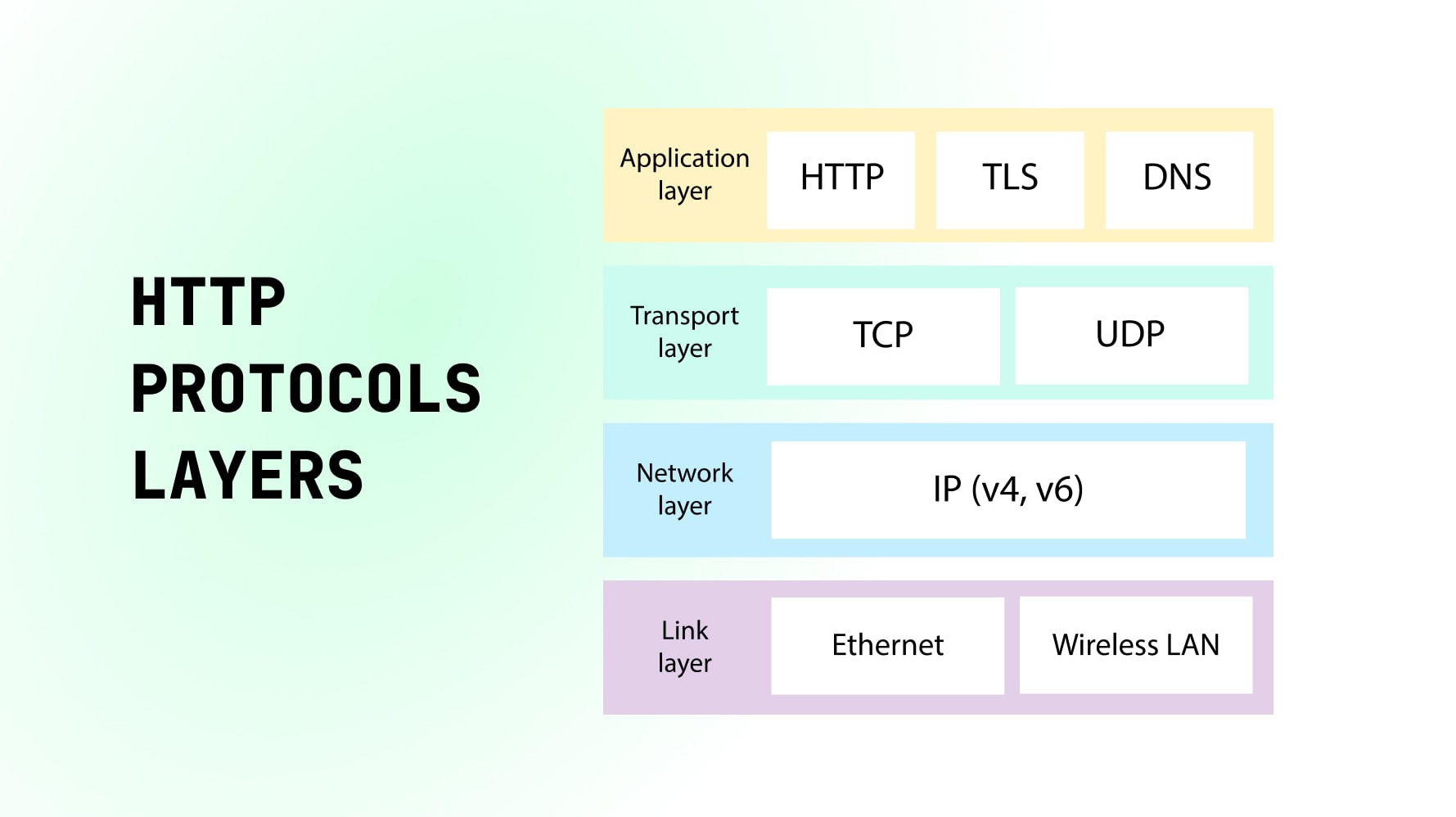A really really brief intro into the world of HTTP Protocols
Networking
6 mins read
Aug 22, 2024
Let's dive into the world of protocols. In the context of computing and networking, a protocol is essentially a set of rules that govern how data is transmitted and received between devices or systems. Think of them as a shared language and set of procedures that allow different devices to understand each other.
Why are protocols relevant?
Protocols are absolutely fundamental to modern computing and communication for several key reasons: They enable different devices and systems (even those made by different manufacturers) to communicate effectively. Without agreed-upon protocols, a computer from one company wouldn't be able to exchange data with a computer from another. Protocols provide a standardized way of doing things, ensuring consistency and predictability. This makes it easier to develop software and hardware that can work seamlessly together. Many protocols include mechanisms for error detection and correction, ensuring that data is transmitted reliably and accurately. Protocols can optimize data transmission by specifying how data should be formatted, compressed, and routed. Protocols can incorporate security measures like encryption and authentication to protect data from unauthorized access.
Key aspects of a protocol
- Syntax: The format of the data being exchanged (e.g., the structure of messages, data types, encoding).
- Semantics: The meaning of the data and the actions to be taken based on that data.
- Timing: The order in which data is transmitted and received, as well as the timing of events.
Here are a few examples of widely used protocols:
- TCP/IP (Transmission Control Protocol/Internet Protocol): The foundation of the internet. TCP handles reliable data transmission, while IP handles addressing and routing.
- HTTP (Hypertext Transfer Protocol): Used for transferring web pages and other content over the internet.
- HTTPS (HTTP Secure): A secure version of HTTP that uses encryption.
- SMTP (Simple Mail Transfer Protocol): Used for sending email.
- FTP (File Transfer Protocol): Used for transferring files between computers.
- WebSockets: Provides persistent, bidirectional communication channels over TCP.
- WebRTC (Web Real-Time Communication): Enables real-time peer-to-peer communication for audio, video, and data.
Protocol Layers
To manage the complexity of networking, protocols are often organized into layers. Each layer handles a specific set of tasks, and they work together to provide a complete communication system. A common model is the TCP/IP model, which has four layers:
1. Application Layer: Provides network services to applications (e.g., HTTP, SMTP)
2. Transport Layer: Provides reliable or unreliable data transmission (e.g., TCP, UDP)
3. Network Layer: Handles addressing and routing of data packets (e.g., IP)
4. Link Layer: Handles physical transmission of data over the network medium (e.g., Ethernet, Wi-Fi)

Protocols are essential for enabling communication between different devices and systems. They provide a standardized way of exchanging data, ensuring interoperability, reliability, efficiency, and security. Understanding the basics of protocols is crucial for anyone working with computers, networks, or the internet.